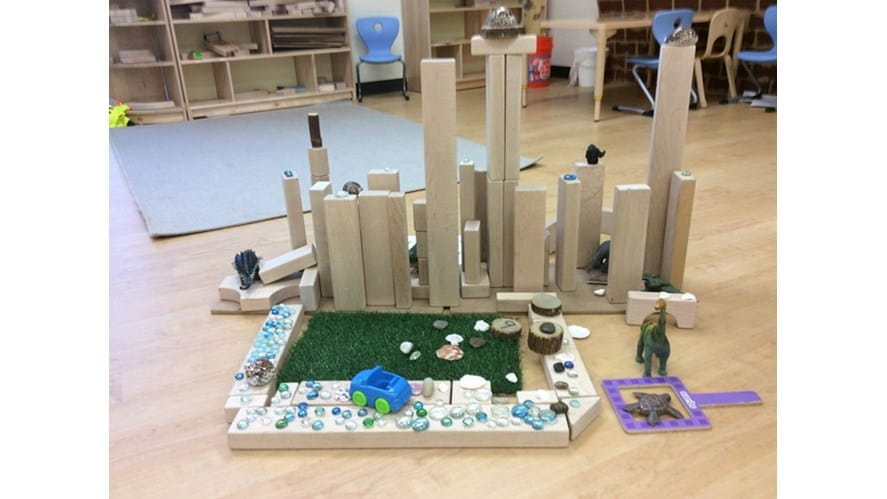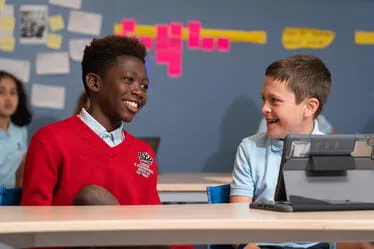In a world in which we are preparing our youngest generation for professions still unknown, it is imperative to fuel children’s curiosity and appetite for learning.

In a world in which we are preparing our youngest generation for professions still unknown, it is imperative to fuel children’s curiosity and appetite for learning.

In a world in which we are preparing our youngest generation for professions still unknown, it is imperative to fuel children’s curiosity and appetite for learning.
This love of learning, along with the skills to communicate, problem-solve, and self-regulate, will lead to life-long success no matter the profession.
This week we have been observing the ways in which the children access our resources and spaces to impact learning. In particular looking at learning dispositions, such as, being a researcher, a collaborator, a thinker, a communicator and a self-manager. We noticed that the children were experimenting with materials such as sand, shells and boxes. We often marvel at the long hours the children can spend playing with simple materials like boxes, rocks, shells, sand, or water. Children usually prefer play that stimulates their curiosity and gives free reign to their imaginations and creativity. The term “loose parts” (The architect Simon Nicholson developed the Theory of Loose Parts) refers to materials which can be moved around, designed and redesigned, and tinkered with and which create infinitely more opportunities for creative engagement than static materials and environments.
In early childhood education settings, “loose parts” mean alluring, beautiful, found objects and materials that children can move, manipulate, control, and change while they play. Children can carry, combine, redesign, line up, take apart, and put loose parts back together in almost endless ways. The materials come with no specific set of directions, and they can be used alone or combined with other materials. Children can turn them into whatever they desire: a stone can become a character in a story; an acorn can become an ingredient in an imaginary soup. These objects invite conversations and interactions, and they encourage collaboration and cooperation. Put another way, “loose parts” promote social competence because they support creativity and innovation. All of these are highly valued skills in adult life today.
Children for generations have used found materials in their play from rocks and sticks to tin cans and wire. Take, for example, a beach: it is filled with loose parts—rocks, shells, beach glass, plants, feathers. When children play in our setting, they can move around, making use of any or all of the found objects, devising spaces and structures that can entertain them for hours. Loose parts possess infinite play possibilities. They offer multiple rather than single outcomes: no specific set of directions accompanies them; no single result is inevitable. This provides joy and wonder for learning and helps to develop higher levels of critical thinking and creativity.
When an environment is rich in loose parts, children are likely to discover multiple ways to manipulate them and new ways of thinking or processing the knowledge learned by playing with the materials.They become more creative and flexible in their thinking while satisfying their ever-growing curiosity and love for learning.
We would love your support in helping us to collect loose parts for the children to use at school. Objects such as…
There are many potentially rich materials, filled with intrigue and the challenge, around your homes and outdoors that render wonderful learning opportunities for the children.
I wonder how your children have surprised and delighted you with their creations from loose parts?